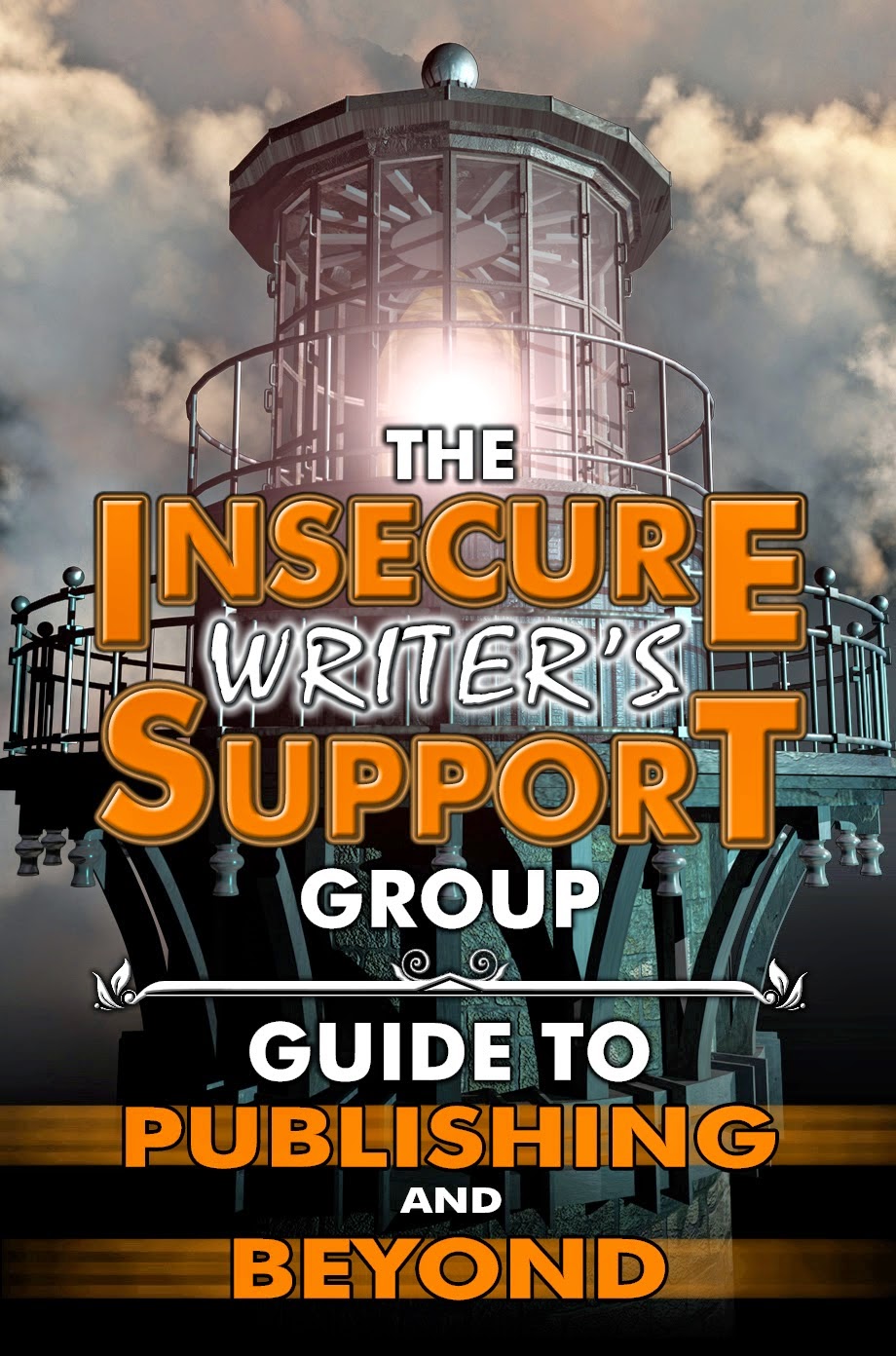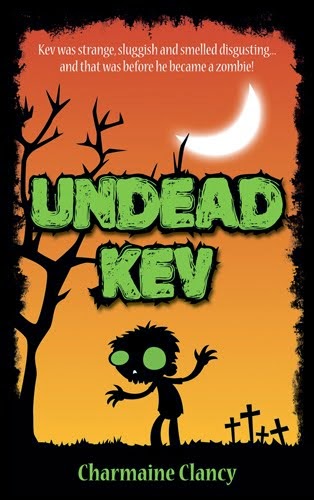The story you’re writing may have
the kind of lead character that people automatically root for. He may be a good
guy doing the right thing; or a decent woman trying to sort out something that
needs sorting. Heroic behaviour and overcoming adversity can bypass the whole
need to tell the reader this is someone to cheer on. It’s obvious.
But they might be a little more
complex than that. Maybe flawed, maybe even a bit awkward. Or they may not get
to their heroic moment until much later in the story. How do you get the reader
on board as quickly as possible without having to add ‘stick with it, things
get good later’ at the bottom of each page?
Well, actually there are a number
of techniques to encourage the reader to engage emotionally with the character.
Many of these techniques are highly manipulative. If you want your characters
to be pure organic creations produced from a mixture of sweat, inspiration and
caffeine, you may not want to know the dirty tricks to hooking a reader’s
attention against their will.
But you should bear in mind that
readers like being manipulated. We enjoy it. Suspending disbelief is something
we do easily and readily. Deep down we know it isn’t real, but we don’t care.
That’s why you can have a man on a stage in a bad wig in front of a fake
backdrop, and the audience
is transported to 16th century Italy.
When I talk about likeability, I
don’t necessarily mean you have to make the reader feel like they’re reading
about their best buddy. You don’t have to make a character liked, but you do need to make him interesting. What you really
want is for the reader to enjoy reading about your character. Making him
likeable is one way to do that, but there are other ways to form an emotional attachment. And many of them work just as well for side
characters and even villains.
Over the next few weeks I’ll be
doing a series of posts on techniques to bond reader to character. These are
three main areas I’ll be looking at:
1. Sympathy
The most manipulative way to make
a reader bond with a character is to evoke sympathy. Feeling sorry for someone
is a strong motivator to keep reading about them.
Any time a
character has the odds against him or is suffering, especially if there’s a
degree of unfairness involved, the reader will start rooting for him.
This emotion is so strong that
even if the person suffering isn’t very nice, we’ll still feel for him. One
unarmed Nazi against five large US soldiers, and even though he deserves to get
thrashed, it just doesn’t feel fair. Obviously there are other factors to take into account with an example like that, but at a basic level we always look at the situation, doesn't matter if the story is about a pregnant woman or a Masai warrior, and evaluate it's fairness independent of morality.
This is something writers can use to their advantage when trying to elicit
sympathy, often by using quite sneaky methods. I’ll be going over all these
techniques (there's a lot of them) in the next few posts.
2. Recognition
When characters do things we
recognise, we become interested in them. That may seem like a blanket
statement, and clearly there are plenty of things we recognise that we have no
interest in whatsoever, but the kind of thing I’m referring to goes beyond
basic human functions like eating, sleeping and breathing.
A man goes to work on a bus. We
recognise what he is doing and why, but is it interesting?
Clearly not. Just because you are
able to recognise what he’s doing doesn’t mean you’re going to become
fascinated by his actions.
But, when you recognise a
situation on a human level, you become invested in the character. If the man
gets on a bus and he’s cramped and has an armpit in his face, and he’s trying
to read a paperback book one-handed while turning pages with his nose, then you
recognise an experience. You relate to his situation.
The danger is that you can become
too focused on small things and make the narrative very mundane and slow, but
good writers can even make that work (sometimes).
3. Admiration
The easiest and probably most
common way to make a character liked is for them to help somebody else.
How they go about doing that obviously
makes a difference. Helping an old lady across the road is going to get a
different reaction to saving a child from a burning building.
The kinds of books where a
character is constantly saving others and performing selfless acts of heroism
are very popular, many blockbuster novels have this kind of character in the
lead role, but not everyone wants to write a breathless thriller.
The underlying factor is that if
you think someone is cool you’ll want to know more about them. And making them
cool doesn’t have to involve constant action set-pieces.
How they look, how they act, how
they talk—all these things can impress readers and make them want to read more.
Highly skilled characters, those with rare abilities, those who do or say what
we’d like to but are too chicken to, can all generate a strongly positive
reader disposition.
This doesn’t just apply to heroic
types, villains can also benefit from these attributes.
Sympathy, Recognition, Admiration: those are the three forms of
emotional attachment I’m going to be
looking at in more depth over the next few posts.
Making readers bond with
characters quickly is something a lot of writers have difficulty with, so hopefully
breaking it down into specific elements will help give you options with how to
do that.
We’ll start with creating sympathy for characters in Monday’s post. See you then.
If you found this post useful, please give it a retweet. More articles on writing by many top bloggers can be found at The Funnily Enough.








































































































19 comments:
Great article! Re-tweeted.
The last one can also be called the Save the Cat moment!
I think recognition saved Byron in the first book, as he was not a likeable character in the beginning. Maybe a bit of sympathy, but not much.
In the second book I just gave him a Save the Cat moment. It was easier.
@Sherri - cheers!
@Alex - Save the Cat is just one way out of many. Manipulation it turns out is a well researched concept. Who knew?
Important things to keep in mind! Thanks for the article.
I especially liked Recognition. How a reader can relate to a character or his story is definitely challenging to think about as a writer. Looking forward to the series of posts.
I absolutely love that you included vilians here. I adore stories that make the vilian sympathetic. I'm probably going to get hit over the head with a chir here, but... I didnt watch star wars growing up. So by the time I did invest the hours to sit on my but and see what all the fuss was about, I watched ep. 1 first, etc. I can't ever side with the Jedi because I feel like poor old Anni got screwed.
And I'm a sucker for Stan Lee vilians- they always have a tragic back story that makes you cry for them even when they're trashing the world. A master manipulator, Mr. Lee :)
I don't think 1. works on me - I've read books where I hoped awful things happened to the main character, and thought they thoroughly deserved bad things to happen to them. And if you're wondering why I kept reading, only because in the circumstance I had to - left to my own choices, I would have stopped.
2. is what I call relatability - the reader needs to relate to and understand the character. So if they do what seem to be some unpleasant things, we need to understand why and what's driving that behaviour. My main character is an assassin, so this was most important.
3. Is called 'Save the Cat'. It can work, but it also runs the risk of appearing artificial. For this towork, it must be done well.
When I think about "liking" characters, some of the great villains come to mind.
I have a couple of examples drawn from movies rather than print, because the qualities that make them engaging come across so powerfully: Hans Gruber from Die Hard, and Moriarty as played by Andrew Scott in the recent BBC series Sherlock.
The three headings you gave are hard to apply in the obvious sense, but they do show flashes of weakness and child-like petulance that can evoke sympathy, if only for a moment. It is also difficult to admire what they do, but they do their evil with such flair (which is where the power of the actor is important) that they are highly entertaining.
I think making 'likable' characters is really, really hard. Your tips are being filed and will be used in future works.
Looking forward to the series :)
......dhole
@Ciara - when you get to the stage where you're wishing ill on the MC, I think the writer's already made a wrong turn somewhere.
Save the Cat is just one way to impress a reader, I'll be showing the others when I get to that part of the series.
@Botanist - movies have an advantage in allowing actors to fill out characters. On paper that flair can be harder to realise, but hopefully this series will offer some options.
@Rusty - it's one of those things easy to do in a cliched and obvious way, but much harder when trying to create something fresh.
Donna - Cheers!
Scarlett O'Hara (one of my fav characters ever) was not beautiful, but...
she was INTERESTING. She was excellent at what she wanted to do - enthrall men, EXCEPT for the one she wanted most, so I'd guess I'd go with her eliciting my admiration, and a bit of sympathy (though she despised sympathy.
@Beverly - Vivian Leigh, on the other hand, was very beautiful. I guess movie's have different rules to books, especially Hollywood movies.
Great post, Mooderino. Sometimes I struggle to make my characters more likable. I try to make the readers sympathetic towards them.
Excellent post, as always.
I am unable to build my characters, though, so I just write them hoping the resonate with someone. :-)
@Rachna - sympathy for characters is one of the best ways to make a character likeable, and the subject of my next post (my next few posts, actually)
@Misha - well, you've got seven billion chances, one must.
I know about trying to create sympathy for characters, but never really gave recognition or admiration much though. What an awesome post, moody! I always learn things from you.
Nutschell
www.thewritingnut.com
My friend hate's "Shameless" on Showtime (third season just started up last night) because the characters are so horrible, yet, the writers are forcing him to like them. I think it irritates him that such wreckless irresponsibility is glamorized.
@nutschell - cheers, nice of you to say so.
@Michael - I think most people would do some pretty terrible things if they thought they could get away with it. Not me, obviously, I'm very nice.
Excellent post, Moody!!!